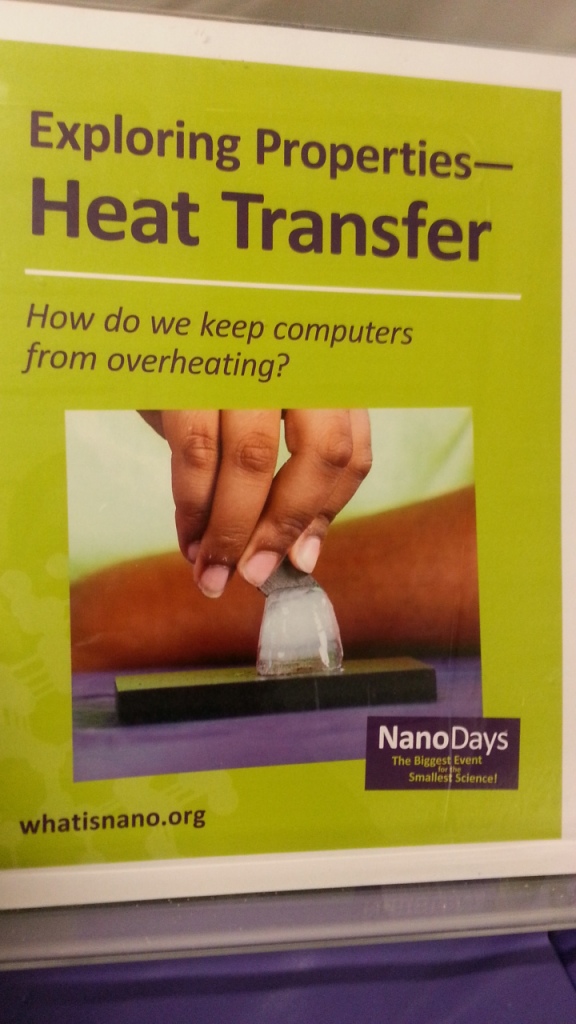
One of many seemingly minor MTA service chages that become a major inconvenience for thousands of people. Photo by Khalid Straker
One could almost feel the collective inaudible groan when the MTA fare prices increased yet again in March.
In an interview, twenty year old York College Student Jason Robinson said “It’s pretty annoying. I remember being in high school and paying two dollars to get on the bus and here I am just a few years later in college and taking that same bus for two seventy-five. I feel like if I blink I’ll be paying three bucks all of a sudden. They know they have a monopoly going and they know this city needs them so they can pretty much jerk us around however they want and we have to take it I guess.” There are many people in New York City that are angry like Robinson. There are other are simply saddened by the hike. In an interview York College Student and mother of one Christine Rhodes said “It’s just another money hole in my life that grew. I have to worry about feeding my son. I have to worry about tuition I have to worry about rent. I have to worry about so many other things that take tiny bites out of my paychecks. The extra twenty-five cents to get on the train may seem small to people that have money but for me little things like that add up. I get inflation, I know things just go up in price every few years. It’s just really hard to keep up you know?”
While customers seem to view the hike as a greedy move by the MTA, the employees that work for them see a different picture. In an interview, a train operator that opted to remain anonymous said “People don’t really look at the full picture. They just see the price go up and they complain. They complain about the trains being slow or dirty. But they’re dirty because those same people leaving trash on it and they’re slow because of things like people throwing trash on the tracks. And then who has to clean up that stuff? The MTA. How are they going to pay those people. How are they going to pay to repair the damage Sandy did? How are they going to pay for those tons of free passes all the kids use to go to school? How are they going to pay all those unsung heroes that keep the best public transportation system in the world going? The trains and buses don’t grow on trees either. Eventually they have to raise the price. And then people complain about track repairs. It’s like, you know we do that to stop an accident that kills like a thousand people right?”
There are several ways to look at the MTA but traveling in New York City can be very difficult and it may just be complete chaos without the MTA. In 2005 when there was an MTA strike, a plethora of major problems were caused despite the strike lasting only 60 hours. There is already another price hike on the horizon and whether the general public accepts the hikes as a fact of life or a breaking point is reached remains to be seen.
